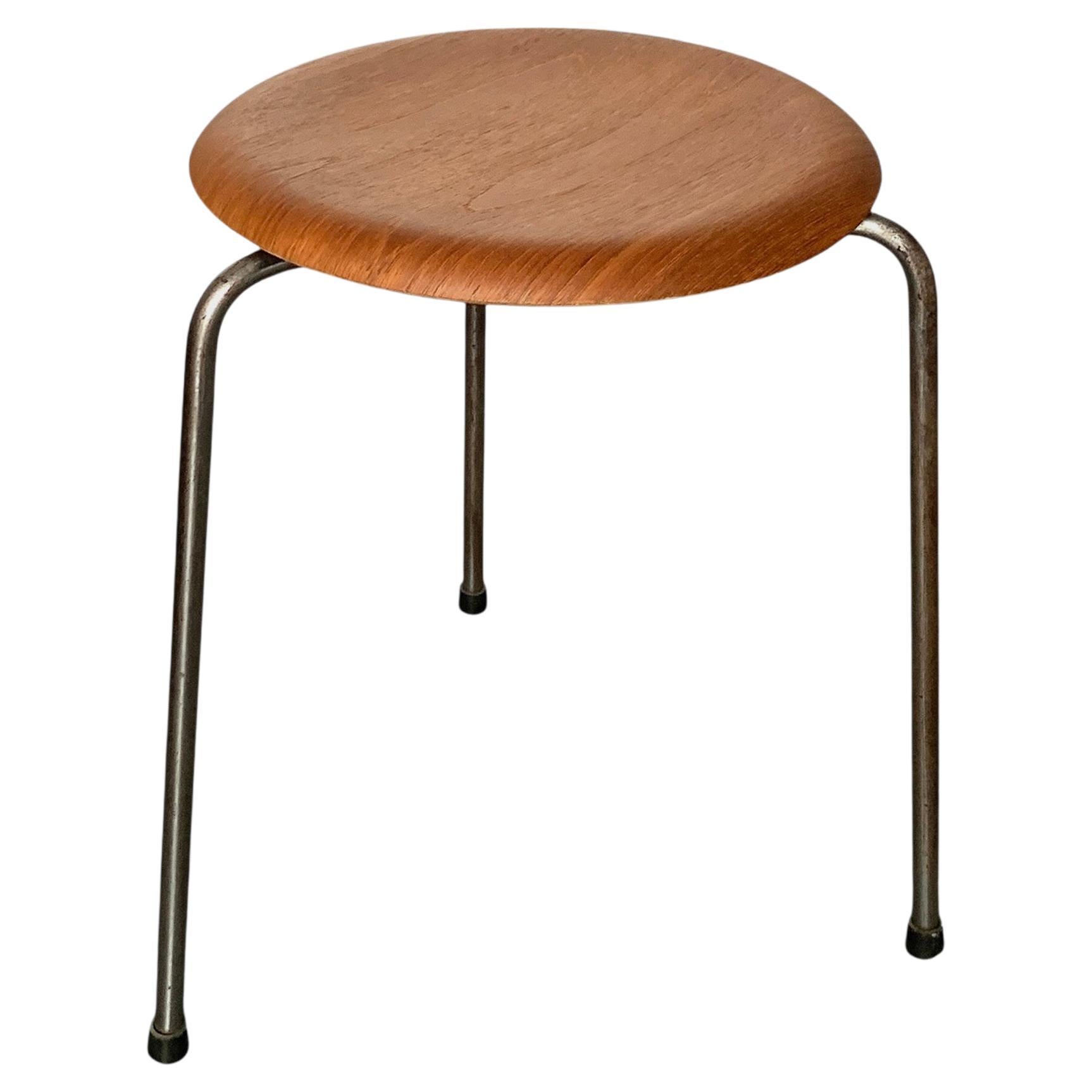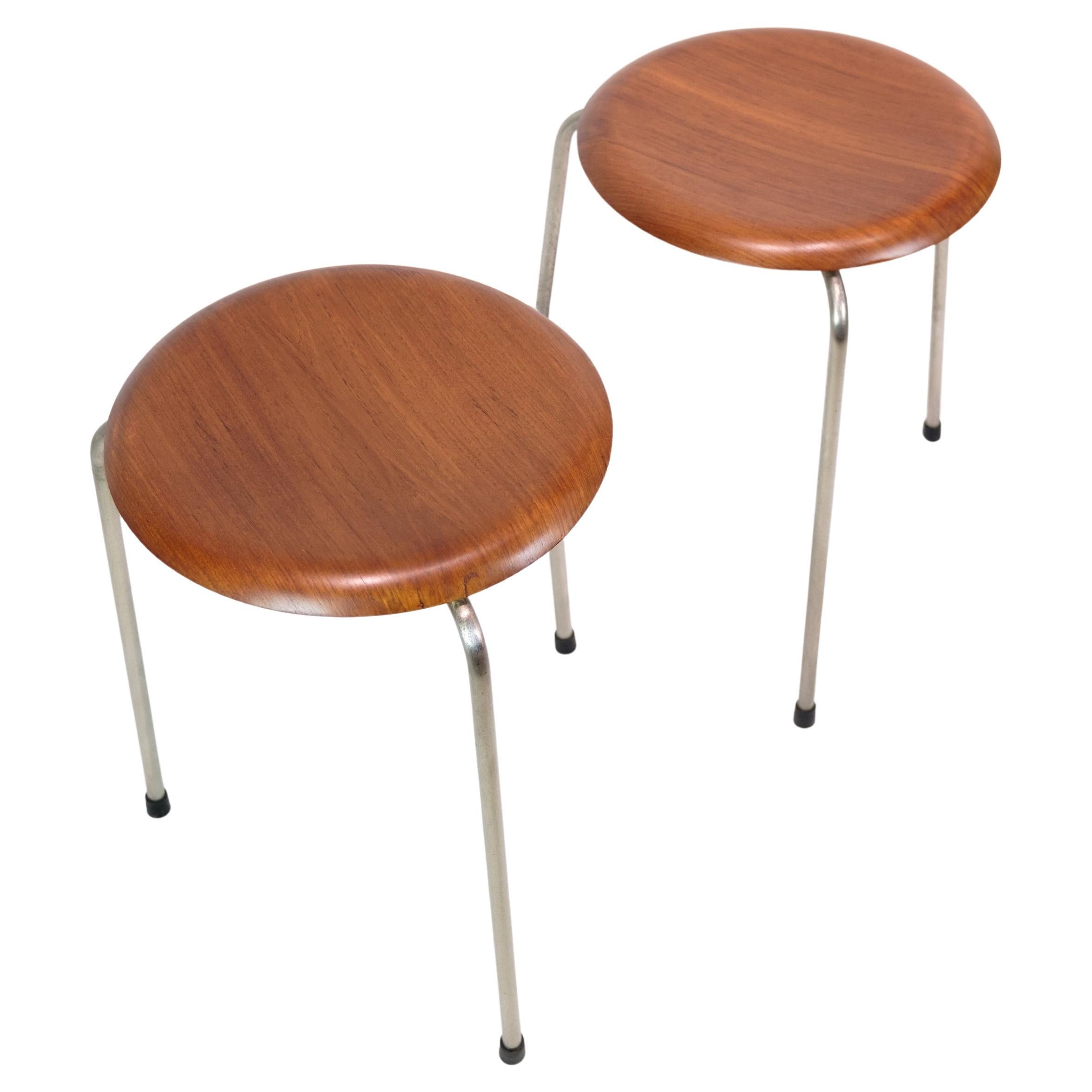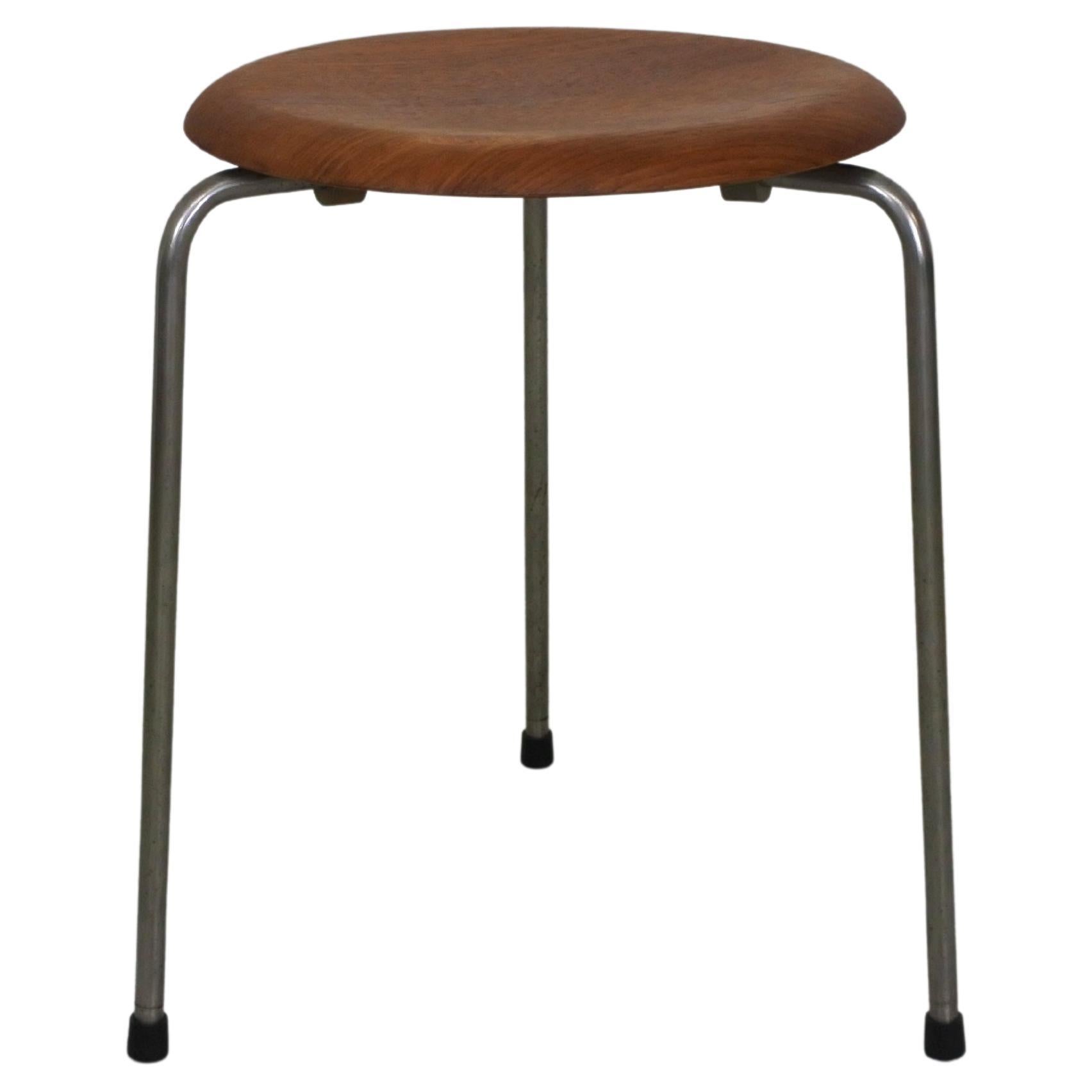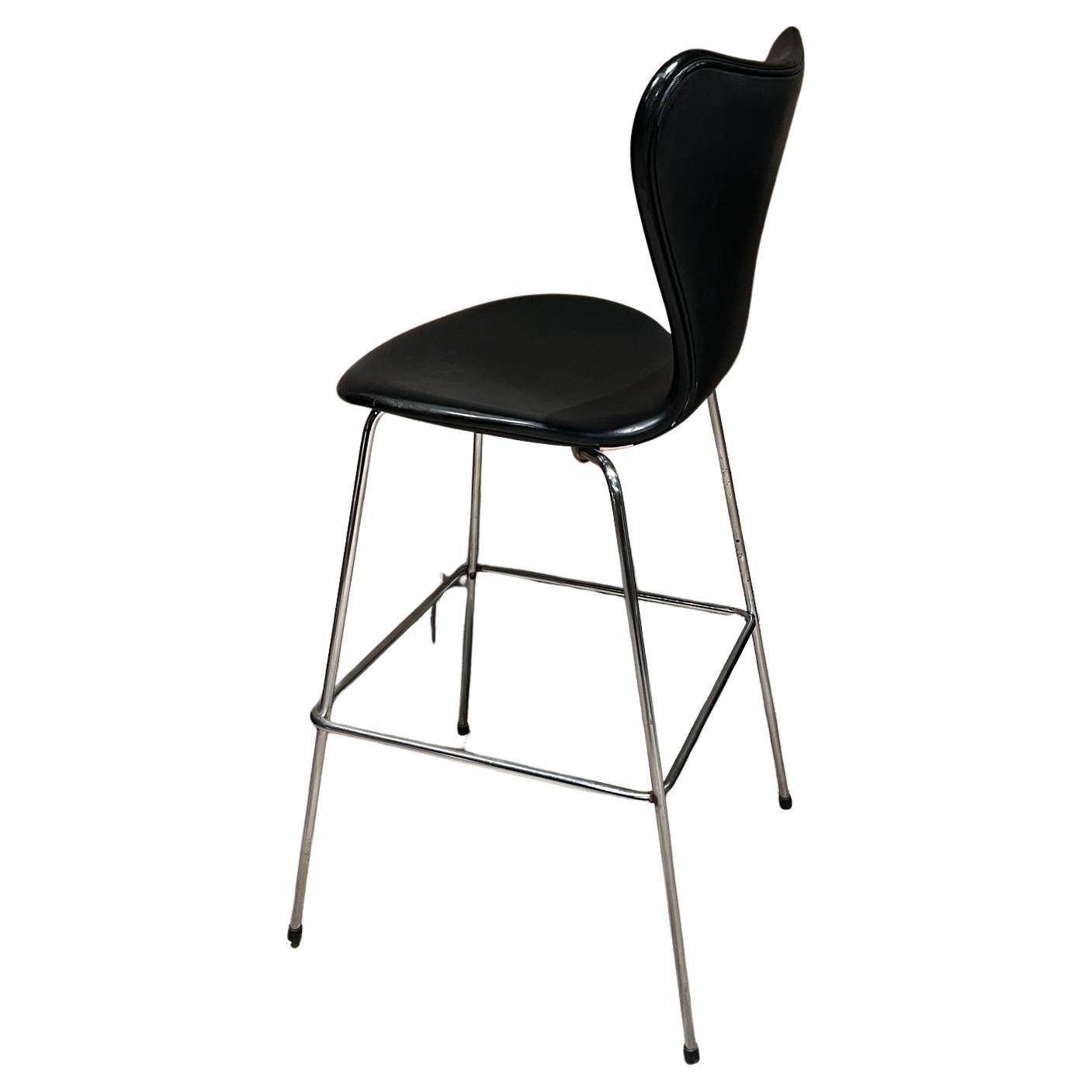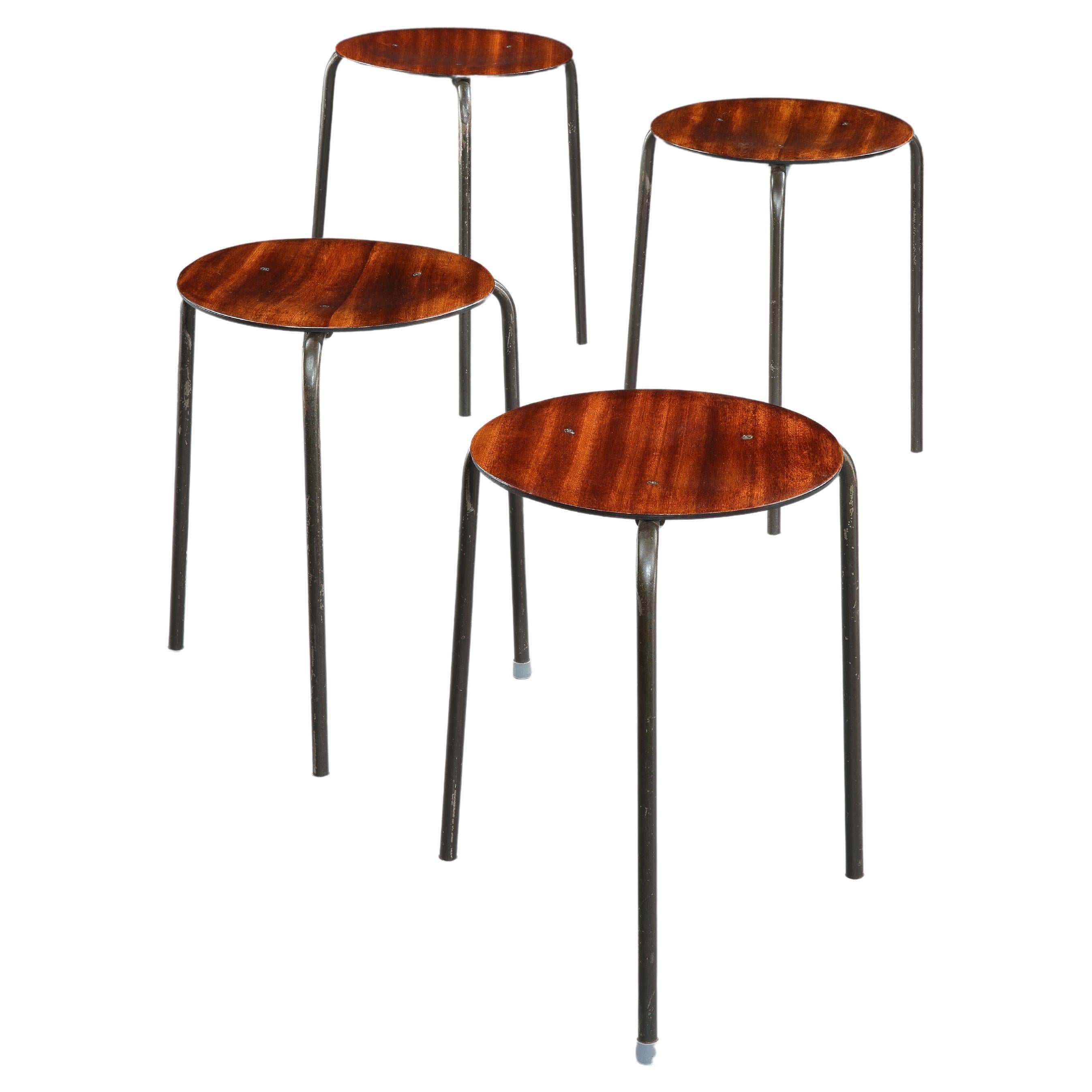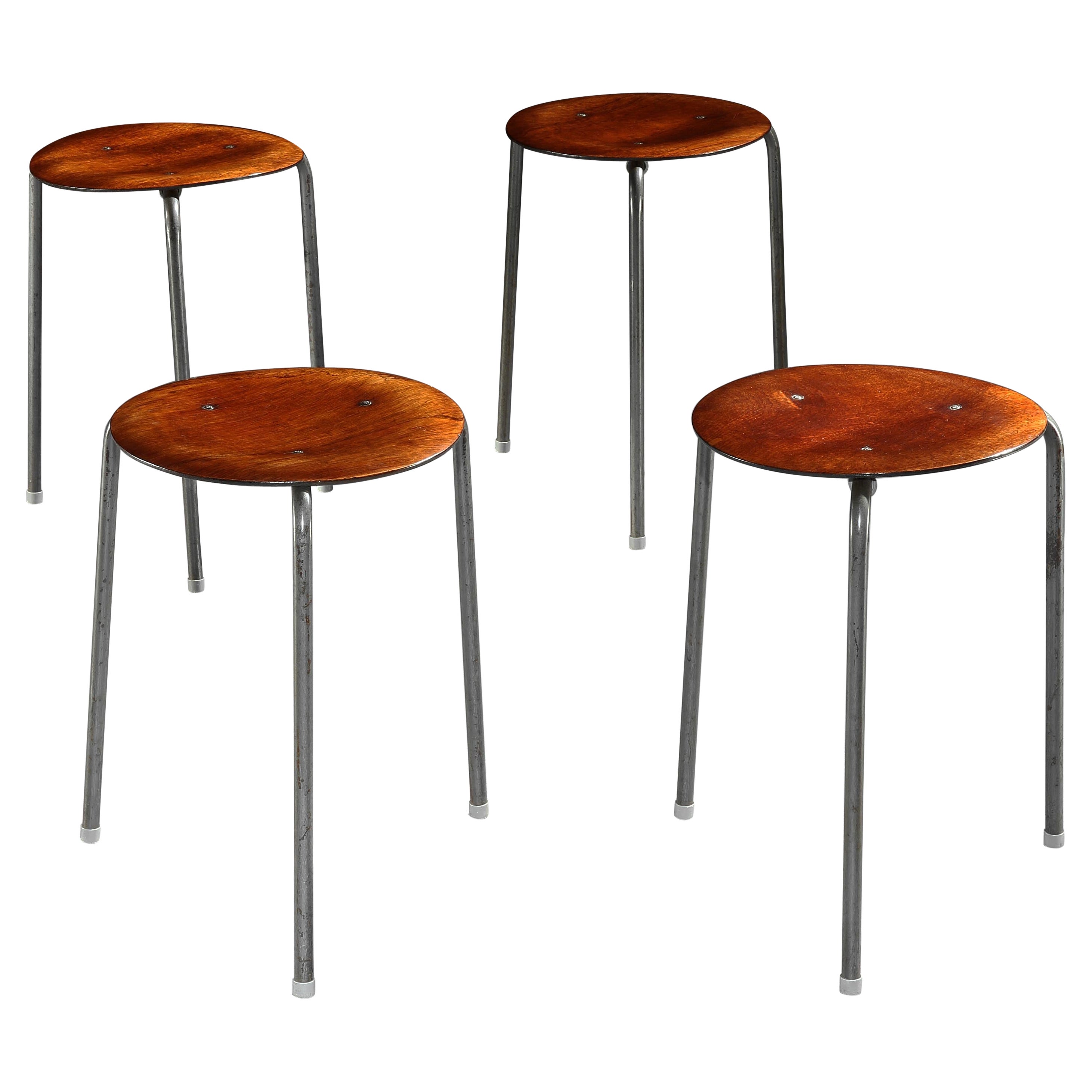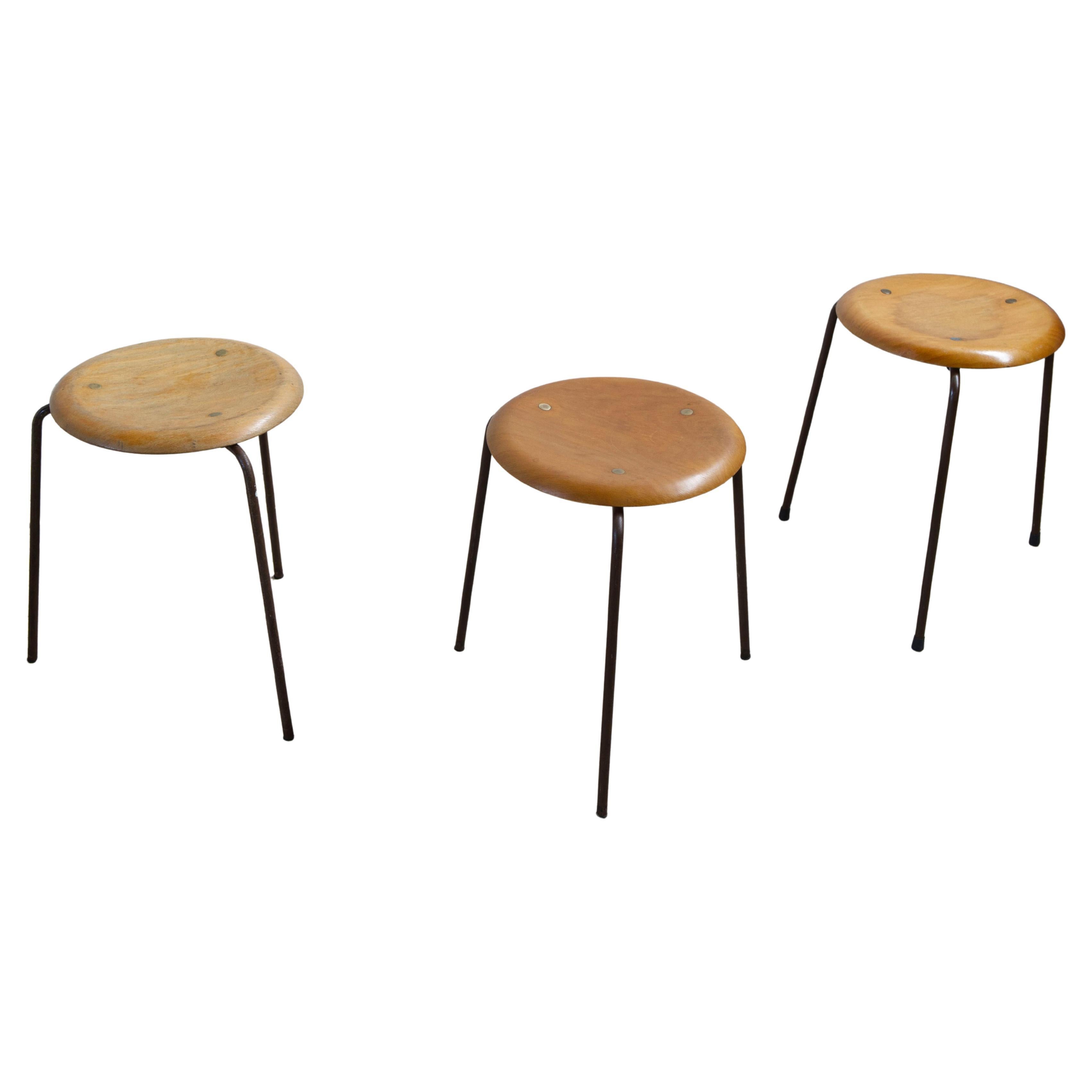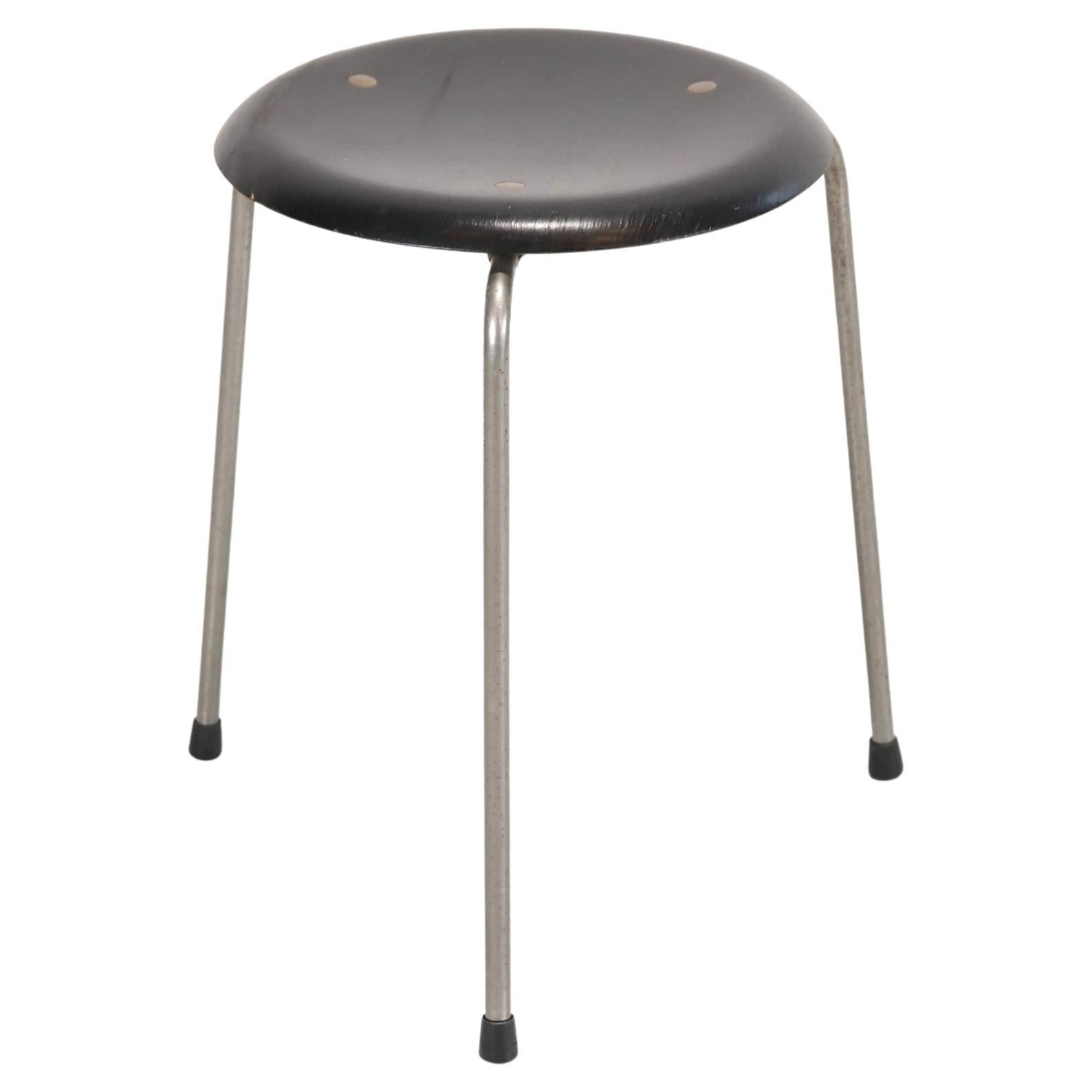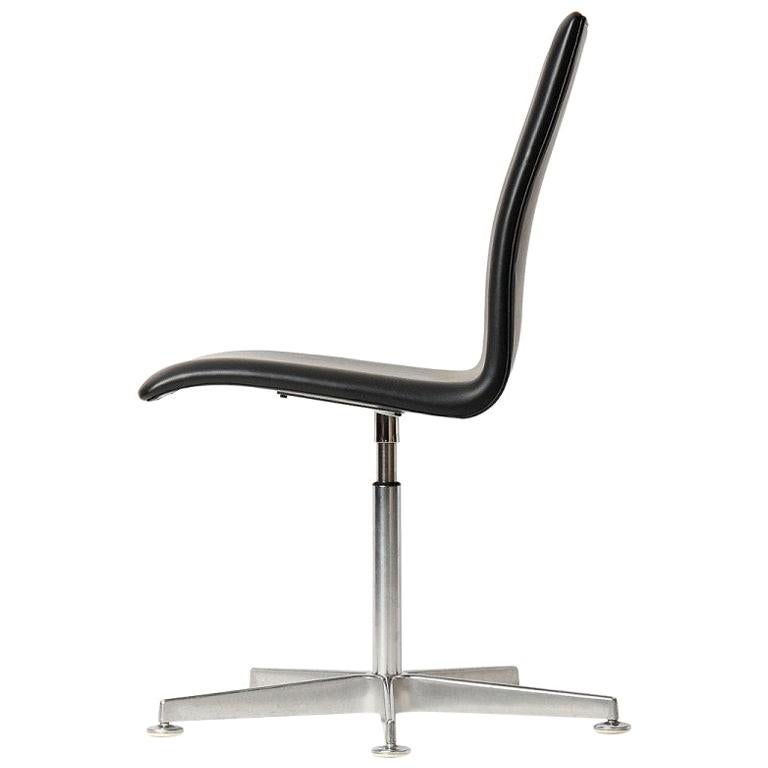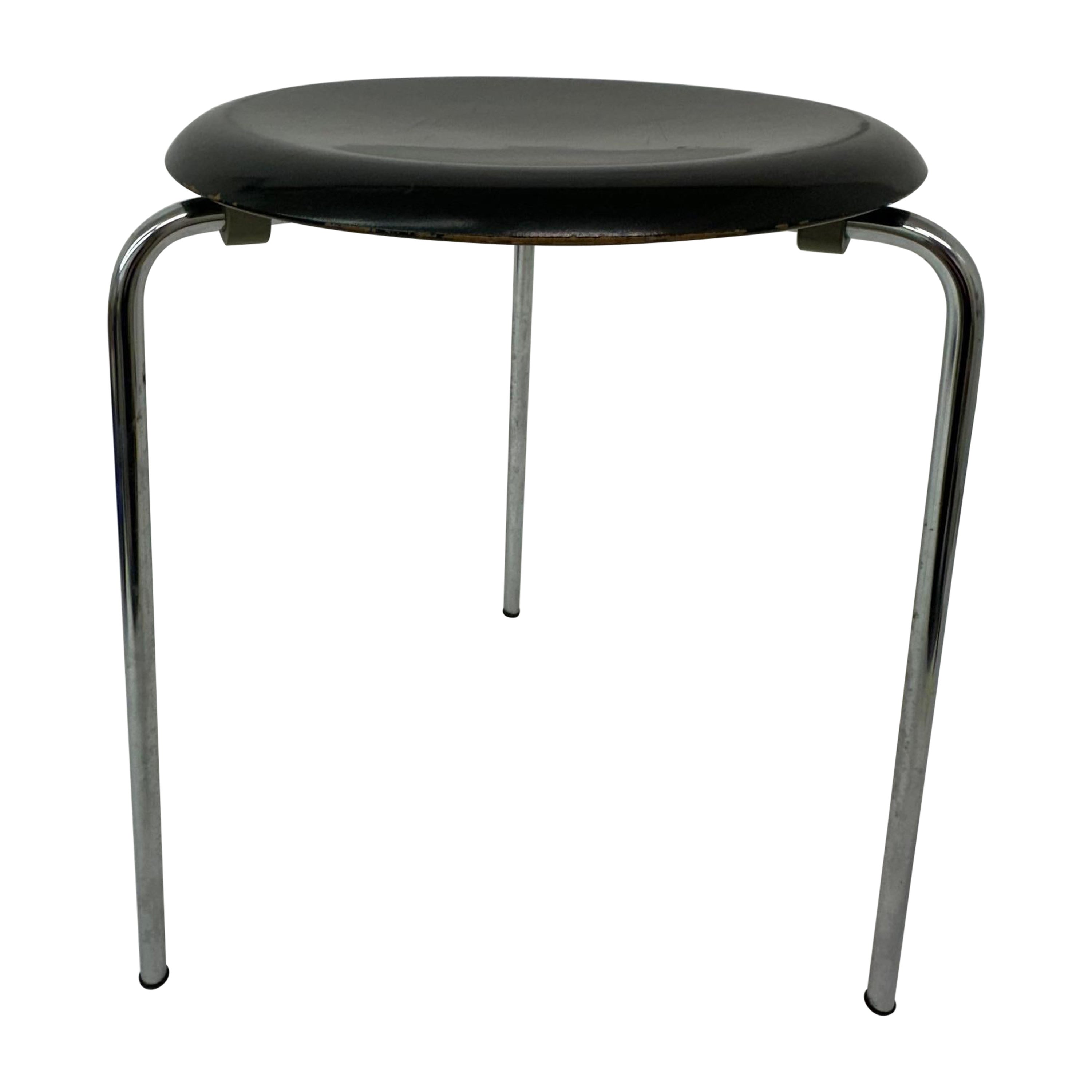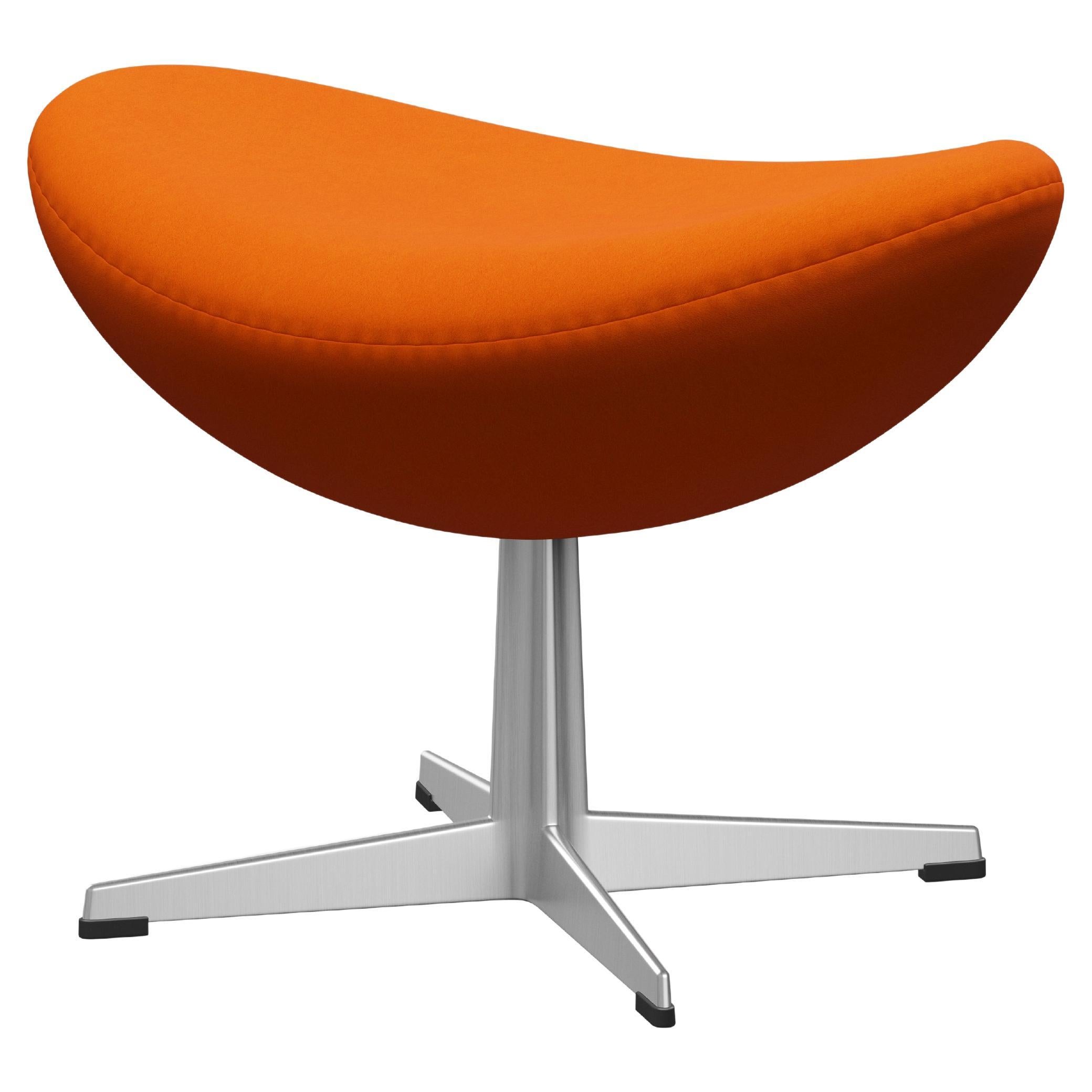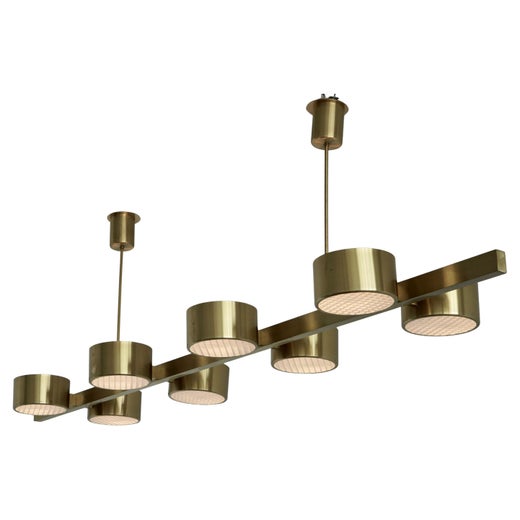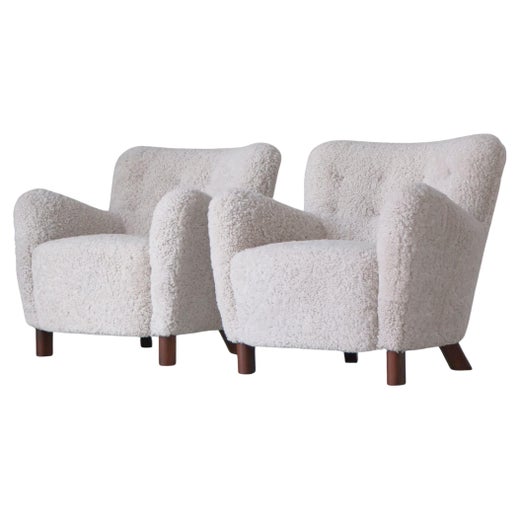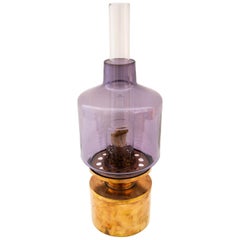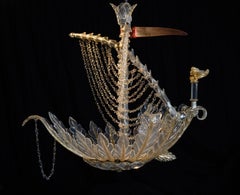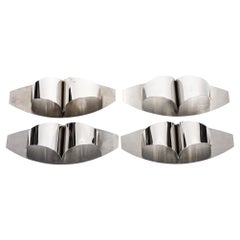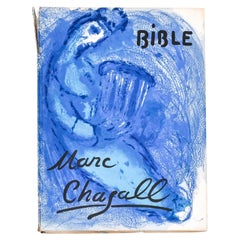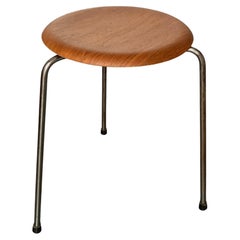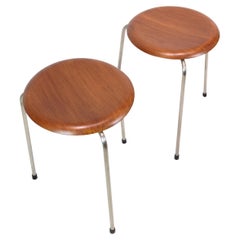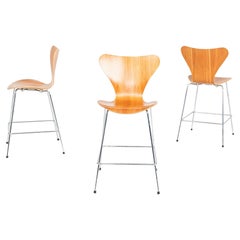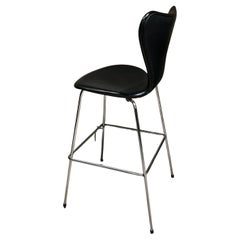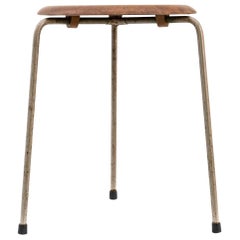
Early Dot Stool by Arne Jacobsen for Fritz Hansen, Denmark, 1965
View Similar Items
Early Dot Stool by Arne Jacobsen for Fritz Hansen, Denmark, 1965
About the Item
- Creator:Hans-Agne Jakobsson (Designer),Fritz Hansen (Cabinetmaker)
- Dimensions:Height: 18.31 in (46.5 cm)Width: 14.97 in (38 cm)Depth: 14.97 in (38 cm)
- Style:Mid-Century Modern (Of the Period)
- Materials and Techniques:
- Place of Origin:
- Period:
- Date of Manufacture:1965
- Condition:Wear consistent with age and use. Minor losses. Minor fading. Good original condition, traces of an old glue repair to the underside of the seat, not visible from above.
- Seller Location:Henley-on Thames, GB
- Reference Number:Seller: 21641stDibs: LU977322410112
Hans-Agne Jakobsson
Hans-Agne Jakobsson was a Swedish interior and furniture designer, who ran his own company from 1951. Jakobsson was especially famous for his lighting designs, which often had a softly glowing light and organic shape. His designs were inspired by great, modern Scandinavian designers such as the Finnish icon Alvar Aalto and Danish lighting master Poul Henningsen.
Fritz Hansen
When the Copenhagen-based furniture maker Fritz Hansen opened for business more than 140 years ago, the company — which today styles itself The Republic of Fritz Hansen — adhered to the traditional, time-honored Danish values of craftsmanship in woodworking and joinery. Yet thanks to the postwar innovations of Arne Jacobsen and others, Fritz Hansen would become the country’s leader in Scandinavian modern design using new, forward-looking materials and methods.
Fritz Hansen started his company in 1872, specializing in the manufacture of small furniture parts. In 1915, the firm became the first in Denmark to make chairs using steam-bent wood (a technique most familiar from birch used in the ubiquitous café chairs by Austrian maker Thonet). At the time, Fritz Hansen was best known for seating that featured curved legs and curlicue splats and referenced 18th-century Chippendale designs.
In the next few decades, the company promoted simple, plain chairs with slatted backs and cane or rush seats designed by such proto-modernist masters as Kaare Klint and Søren Hansen. Still, the most aesthetically striking piece Fritz Hansen produced in the first half of the 20th century was arguably the China chair of 1944 by Hans Wegner — and that piece, with its yoke-shaped bentwood back- and armrest, was based on seating manufactured in China during the Ming dynasty. (Wegner was moved by portraits he’d seen of Danish merchants in the Chinese chairs.)
Everything changed in 1952 with Arne Jacobsen’s Ant chair. The collaboration between the architect and Fritz Hansen officially originated in 1934 — that year, Jacobsen created his inaugural piece for the manufacturer, the solid beechwood Bellevue chair for a restaurant commission. The Ant chair, however, was the breakthrough.
With assistance from his then-apprentice Verner Panton, Jacobsen designed the Ant chair for the cafeteria of a Danish healthcare company called Novo Nordisk. The chair was composed of a seat and backrest formed from a single piece of molded plywood attached, in its original iteration, to three tubular metal legs. Its silhouette suggests the shape of the insect’s body, and the lightweight, stackable chair and its biomorphic form became an international hit.
Jacobsen followed with more plywood successes, such as the Grand Prix chair of 1957. The following year he designed the SAS Royal Hotel in Copenhagen and its furnishings, including the Egg chair and the Swan chair. Those two upholstered pieces, with their lush, organic frames made of fiberglass-reinforced polyurethane, have become the two chairs most emblematic of mid-20th-century cool. Moreover, the Egg and Swan led Fritz Hansen to fully embrace new man-made materials, like foam, plastic and steel wire used to realize the avant-garde creations of later generations of designers with whom the firm collaborated, such as Piet Hein, Jørn Utzon (the architect of the Sydney Opera House) and Verner Panton. If the Fritz Hansen of 1872 would not now recognize his company, today’s connoisseurs certainly do.
Find a collection of vintage Fritz Hansen tables, lounge chairs, sofas and other furniture on 1stDibs.
More From This Seller
View AllVintage 1960s Swedish Mid-Century Modern Table Lamps
Brass
Vintage 1950s Italian Mid-Century Modern Chandeliers and Pendants
Glass, Murano Glass
Mid-20th Century French Mid-Century Modern Wall Lights and Sconces
Stainless Steel
Mid-20th Century French Books
Paper
Late 20th Century American Photography
Paper
Late 20th Century French Photography
Paper
You May Also Like
Mid-20th Century Danish Mid-Century Modern Stools
Steel
Vintage 1950s Danish Mid-Century Modern Stools
Teak
Early 2000s Danish Modern Stools
Steel
Vintage 1950s Danish Mid-Century Modern Stools
Chrome
Vintage 1960s Danish Mid-Century Modern Stools
Copper
Vintage 1950s Danish Mid-Century Modern Stools
Chrome
Recently Viewed
View AllRead More
The 1stDibs 50: Rooms of Distinction by Top Designers around the World
Step inside the extraordinary spaces created by the talented interior designers and architects who made our list this year.
Archival Furniture Was Hot at Copenhagen’s 3 Days of Design
Reissued mid-century pieces are in the spotlight.
